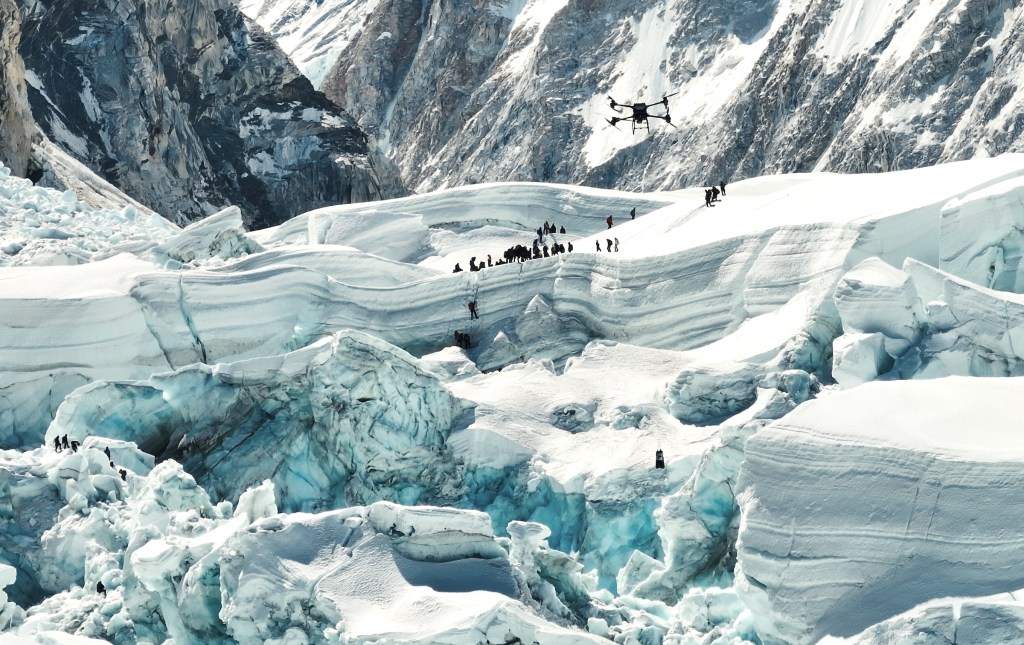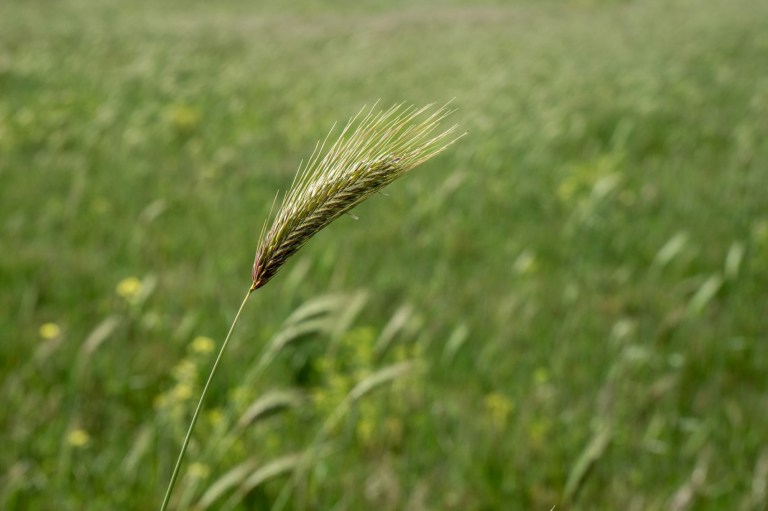Early next year, Mount Everest will undergo a spring cleaning of sorts as heavy lifter drones begin clearing garbage off its snowy slopes, reducing the danger involved when humans undertake the task.
At over 29,000 feet high, Everest is the tallest mountain in the world above sea level, and according to a recent study, erosion from an ancient river gorge is causing it to grow by up to 2 millimeters every year. Naturally, the awe-inspiring behemoth draws visitors far and wide to ascend its heights.
But those climbers unfortunately leave a considerable footprint. Nearly 94 tons of waste was collected from the mountain during the 2024 spring climbing season, per the Kathmandu Post, which reported that around 60,000 people trek to the base camp annually.
In 2015, a rule was enacted requiring all hikers to make a $4,000 “garbage deposit” that’s only refunded if the individual returns to base with at least 17.6 pounds of trash. However, local Sherpa guides are generally responsible for carrying most supplies and clearing waste off the natural wonder. To do so, they must cross the Khumbu Icefall, a river of ice over a-half mile long.
Located between base camp and camp 1, the Icefall is one of Everest’s most dangerous features, as changes in temperature can cause the frozen water to melt and crumble, increasing the risk of avalanche.

“Going up there one part of the day and coming down the next day could look very different, and the probability of that getting worse with a warmer climate increases,” Paul Mayewski, a researcher at the University of Maine, explained to Gripped.
Now, Nepali officials are turning to a Chinese drone manufacturer to lessen that danger: In March 2025, they will begin employing advanced technology to fly into high-altitude zones and remove waste from what has been called the “world’s highest garbage dump.” An April test showed the drone was able to lift over 515 pounds of trash between base camp and camp 1 every hour — a job that would take at least 14 porters six hours to complete, according to the Kathmandu Post.
“The use of drones on Everest is a natural evolution of technology applied to Himalayan mountaineering,” Dawa Steven Sherpa of Asian Trekking told ExplorersWeb. “[It’s] something helicopters were doing but at a pretty high risk and high cost.”
While some have expressed initial concern over the loss of jobs resulting from machinery, Dawa Steven believes the tech will be beneficial in the long run. “Having the Sherpas less engaged in ferrying loads would free them up to assist their clients on the actual climb,” he said. “This is more financially rewarding for them in terms of bonuses and tips. Each commercial client will continue to need/want a Sherpa to assist on the climb to the summit, so I would say their jobs are secure.”











